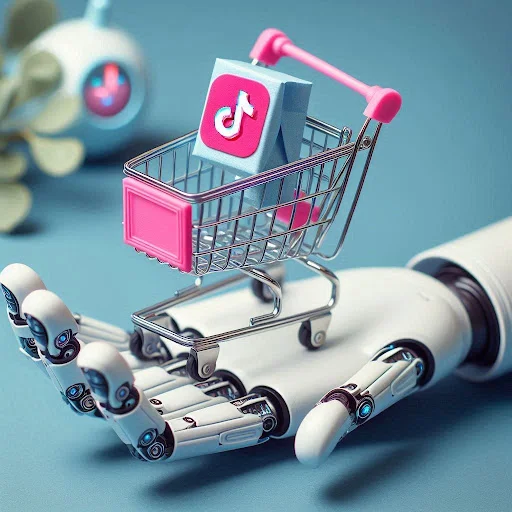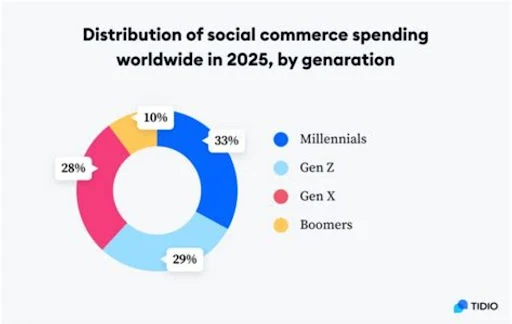I Watched a Skincare Product Sell 20,000 Units on TikTok in 48 Hours—This Is What It Means for Marketers
I Watched a Skincare Product Sell 20,000 Units on TikTok in 48 Hours—This Is What It Means for Marketers
As someone who’s been in digital marketing for over two decades, I’ve seen trends come and go. But what I witnessed earlier this month felt different—almost like a reset.
It started with a simple TikTok video. A mid-tier skincare influencer from Singapore, Sabrina Tan, demoed a new anti-aging serum during a live session. No high-end production. Just authenticity and a relatable voice.
The results?
20,000+ units sold in less than 48 hours.
No paid ads. No complicated funnels. Just one video, one influencer, and TikTok’s algorithm doing what it does best—connecting content to intent at scale.
Social Commerce Is No Longer an Add-On
I remember back in 2009, when “social media marketing” was the new buzzword. Brands were still figuring out what a “Facebook page strategy” should look like. Twitter felt experimental. There were long boardroom discussions about whether it even made sense to spend marketing budgets on social.
It felt exciting—but uncertain.
Today, in 2025, we’re experiencing a similar wave—but this time with social commerce. And this time, there’s no room for debate. It’s not a “nice-to-have.” It’s core.
Platforms like TikTok, Instagram, and Pinterest have transformed from discovery tools to full-fledged commerce engines. Consumers don’t want to leave the app—they want to see, decide, and buy in one smooth journey.
And behind the scenes, AI is powering every part of that experience.
AI: The Invisible Hand Behind the Buy Button
It’s easy to see these viral moments and think they’re accidental. But they’re not. AI is orchestrating the whole show—quietly, but powerfully.
Here’s how:
Hyper-Targeting in Real Time: TikTok’s algorithm knew who would engage with Sabrina’s content. People who interacted with skincare, beauty, or wellness content, at the exact time of day they’re most likely to buy. Her video didn’t go viral by luck—it was placed with surgical precision.
Trend Forecasting Tools: AI tools like Trendalytics or Sprinklr monitor micro-trends in real time. They track hashtags, sounds, and creator momentum, helping brands ride waves early—sometimes even before they break.
AI-Powered Influencer Matching: Tools like CreatorIQ or Humanz now match influencers with brands based on audience engagement patterns, tone, content style, and previous conversion rates. It’s not just about reach anymore—it’s about fit and trust.
Automated Customer Journeys: From post-purchase chatbots to AI-driven emails that recommend complementary products, the journey doesn’t stop at “buy.” AI is there, making each step feel seamless—and personal.
A New Mandate for Digital Marketers
This isn’t just a shift in platforms—it’s a shift in mindset.
As marketers, we can’t afford to build campaigns in silos anymore. The funnel is collapsing. Attention, desire, and conversion are now happening in the same scroll, often in under 30 seconds.
What does that mean?
You need creatives that sell without feeling like ads.
You need tools that listen to culture in real-time.
You need AI baked into your strategy, not bolted on afterward.
Just like in 2009, the brands that embraced social early gained an edge. Today, those who embrace AI-driven social commerce will lead the next decade.
Final Thought
It’s no longer enough to just be on social—you have to sell on social. And to do that at scale, you need AI. Not as a futuristic buzzword, but as a core team member quietly running your engine.
Because in 2025, it’s not about how loud your campaign is.
It’s about how intelligently it finds the right person—at the right moment—with the right product.
And right now? AI is doing exactly that, 24/7, while most marketers are still busy building slide 😋
Source - TikTok case study






Comments